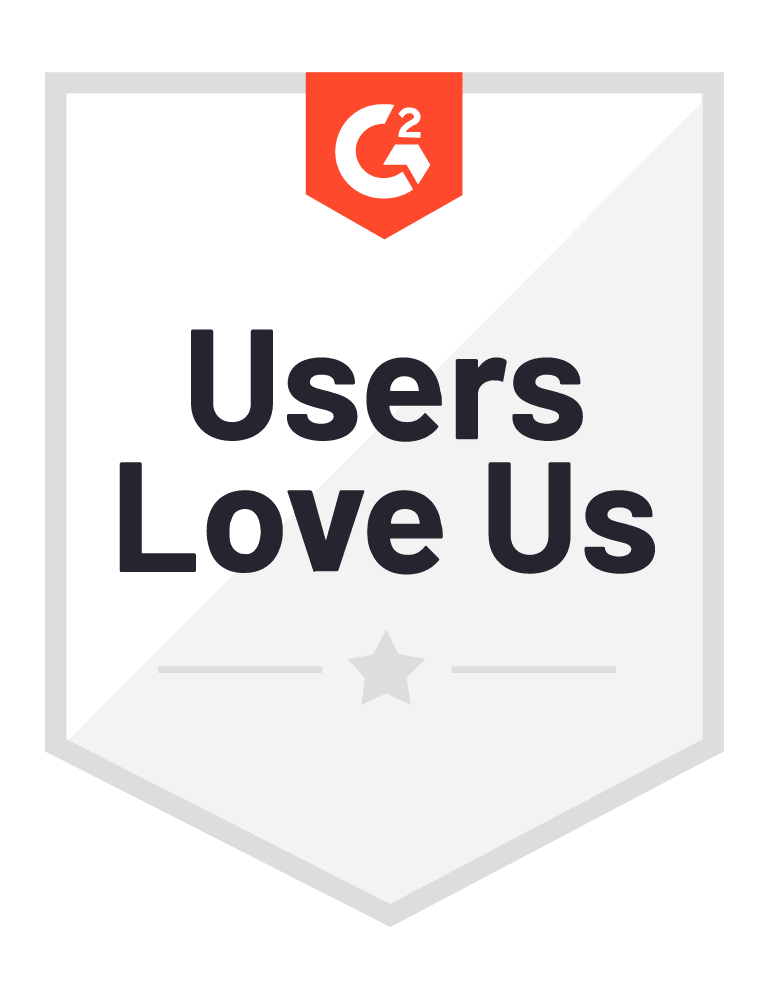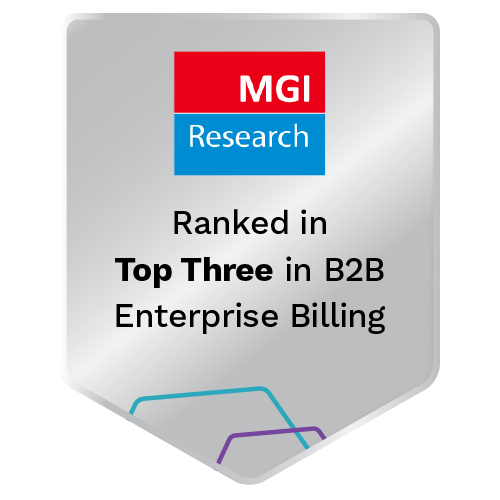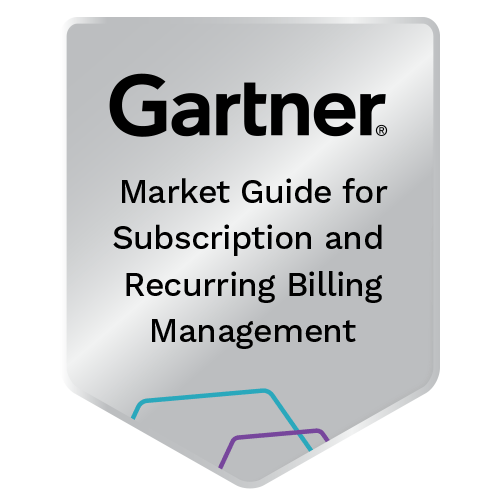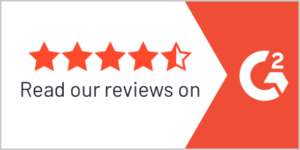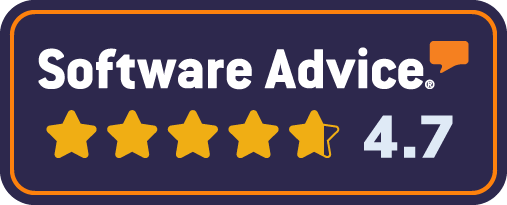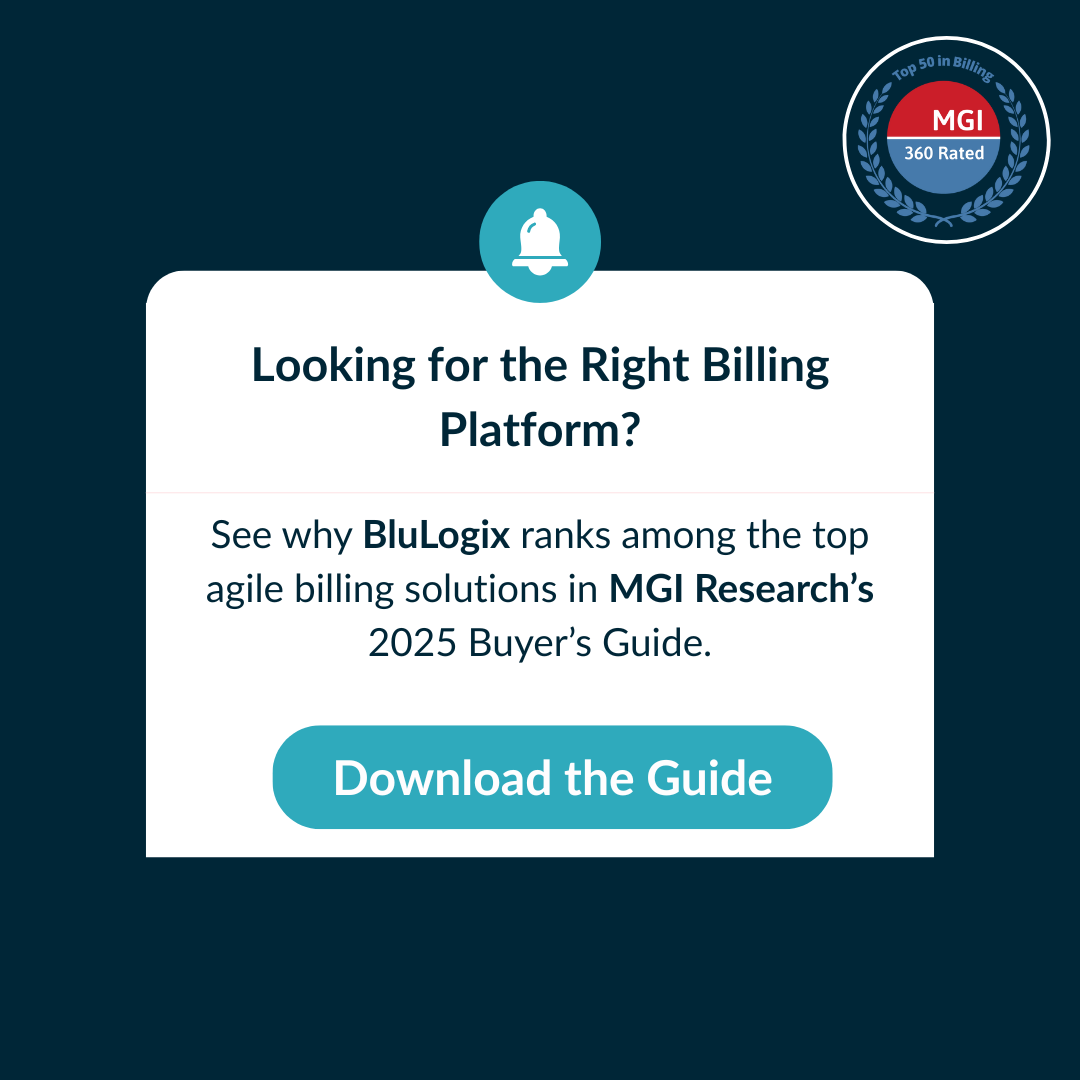Blulogix Whitepaper
Unlocking IoT Profitability: 6 Essential Billing Use Cases for IoT Growth
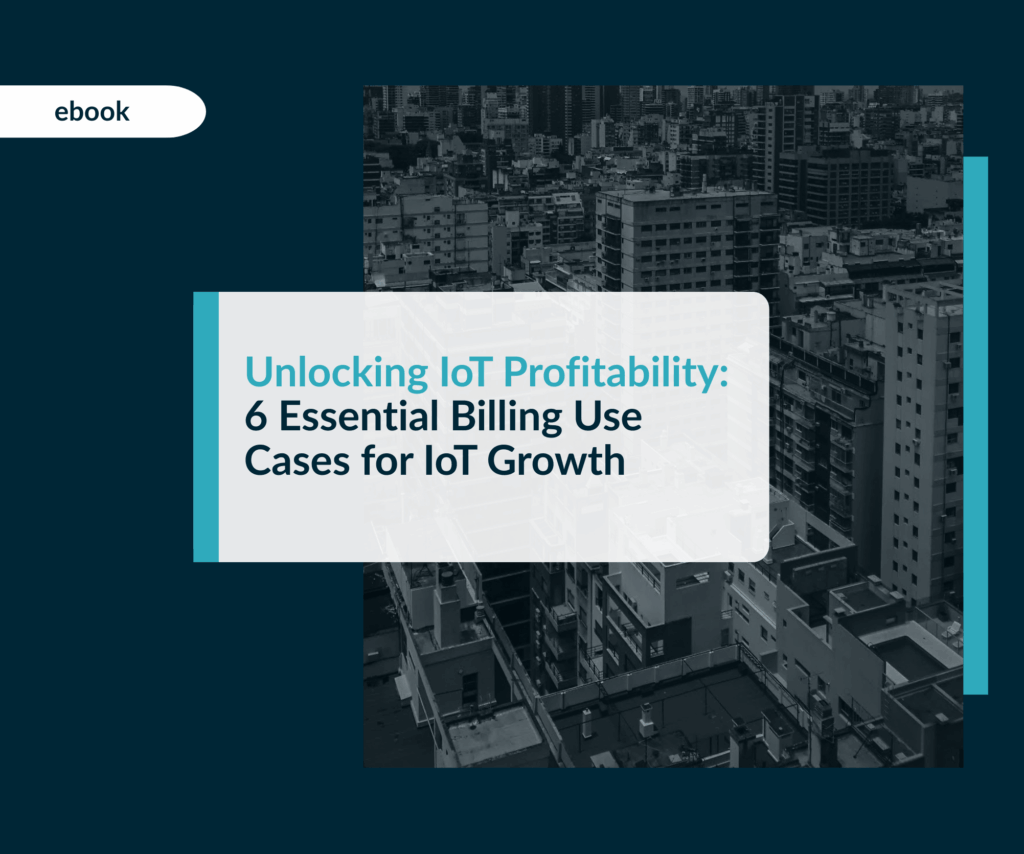
Table of Contents
Introduction
In the world of IoT, success isn’t measured just by the number of devices deployed or the volume of data collected. It’s measured by your ability to turn that complexity into real, sustainable profit. Yet while the industry moves at lightning speed — launching new services, connecting millions of devices, and capturing ever more granular data — billing often lags behind, buried under legacy processes and manual workarounds.
We’ve seen countless IoT companies focus on engineering the perfect device, building robust connectivity networks, or designing customer-facing applications — only to discover that the real bottleneck lies in billing. Because IoT billing isn’t like SaaS or telecom. It sits at the intersection of hardware, connectivity, data services, partner channels, and real-time usage patterns that shift constantly. Customers expect transparency, partners want seamless collaboration, and finance teams demand accurate, timely revenue data to protect margins.
When billing fails to keep pace, the consequences are painful: revenue leakage from underbilled usage, churn from confused or frustrated customers, and operational chaos as teams scramble to reconcile upstream vendor costs with customer charges. Worse yet, poor billing erodes the very trust that IoT companies work so hard to build with their customers and partners.
The companies leading the IoT space don’t treat billing as a back-office afterthought. They treat it as a strategic lever for growth — a chance to build trust, launch new offers quickly, protect margins, and drive real profit from every connected device and data stream.
In this whitepaper, we explore six essential billing use cases that modern IoT businesses must master to unlock profitability and future-proof their growth. From hybrid packaging of devices and services, to real-time customer transparency, to channel billing and vendor reconciliation — these use cases define the difference between operational drag and competitive advantage.
Here’s what you’ll learn:
- How to transform raw device data into billable events with granular usage-based pricing
- Ways to structure hybrid packages that blend one-time device sales, connectivity plans, and usage-based services into clean customer offers
- Tactics for supporting complex channel partner networks without margin erosion or billing chaos
- Strategies to provide customers real-time visibility into their usage and costs, reducing churn and building trust
- The importance of profitability analysis — and how to build real-time margin tracking into your billing workflows
- Why vendor reconciliation is essential to protect profit and build operational resilience
Billing isn’t glamorous. But in IoT, it’s the hidden engine of sustainable growth. The companies who master these challenges will not only protect margins and reduce churn — they’ll position themselves as the trusted partners customers return to again and again.
If you’re ready to go beyond connecting devices — and start connecting revenue to profit — this guide is for you.
Device and Network Inventory Management
Challenge:
As IoT deployments scale into thousands — or millions — of devices, companies face an uphill battle maintaining accurate records of device status, service entitlements, and associated network resources. Device activations and deactivations happen continuously across multiple customers, regions, and use cases, leading to gaps in billing data and operational confusion. Manual spreadsheets or fragmented legacy systems can’t keep up, resulting in delayed service delivery, unbilled usage, and customer frustration when devices fail to activate promptly or generate unexpected charges.
Solution:
A centralized device and network inventory system integrated with billing ensures every device activation, suspension, and deactivation is tracked in real time. When linked directly to customer accounts, this system guarantees only active devices trigger charges, while maintaining an accurate view of service entitlements and contract terms. By tying provisioning data to billing workflows, IoT companies can streamline new deployments, manage service changes seamlessly, and confidently reconcile revenue to real-world network activity.
Benefits:
- Faster onboarding and activation of new customer devices, reducing time-to-revenue
- Lower operational risk of lost or untracked devices slipping through the cracks
- Enhanced customer satisfaction with proactive communication and transparent service records
- Stronger margin protection by ensuring every device is accurately linked to billing events
Contract Management and Seasonal Pricing
Challenge:
IoT businesses serving industries like logistics, agriculture, and seasonal field services face unpredictable usage patterns and customer demands for contract flexibility. Existing systems often fail to handle seasonal rate shifts, customer-specific terms, or custom contract renewals, forcing billing teams into cumbersome manual adjustments and risking margin leakage or compliance errors. As customers scale up or down device deployments throughout the year, these complexities multiply, creating friction in renewals and potential billing disputes.
Solution:
Modern billing platforms allow IoT businesses to build flexible contract templates with customer-specific terms, seasonal pricing adjustments, and automated renewal processes. As usage patterns change, billing rules dynamically apply new rates or discounts tied to pre-defined contract conditions. Finance and sales teams gain visibility into upcoming renewals, flagging high-value opportunities or churn risks in advance. By managing contracts and billing rules in one integrated system, companies reduce operational overhead and increase renewal conversion rates.
Benefits:
- Improved customer retention by proactively adjusting contracts to fit real usage patterns
- Faster renewal cycles with fewer manual steps, freeing staff to focus on strategic tasks
- Increased revenue through upsell opportunities when seasonal surges drive higher device activations
- Protection against billing disputes or customer dissatisfaction with transparent contract terms and automated compliance
Usage and Configuration-Based Pricing
Challenge:
Unlike traditional software models, IoT services often rely on highly granular usage data — from device configurations and firmware options to network selection, feature activation, and environmental sensor triggers. Translating this dynamic data into billable events is complex and error-prone, especially when data formats vary by vendor or device type. Without sophisticated mediation, billing teams risk missing billable events, undercharging for premium configurations, or generating confusing invoices that undermine customer trust.
Solution:
By implementing advanced data mediation layers and rating engines, IoT companies can ingest raw device configuration and usage data, normalize it across disparate vendors and device models, and map it to customer-specific pricing rules. Billing systems apply tiered rates, threshold pricing, or configuration-based surcharges in real time, creating clear, detailed invoice line items. This process provides customers with transparency while capturing revenue accurately on premium services that might otherwise go unbilled.
Benefits:
- Maximized revenue from differentiated service tiers and premium feature activation
- Reduced customer churn through clear, detailed invoicing that builds trust
- Lower operational overhead by eliminating manual reconciliation of messy usage data
- Confidence in profitability tracking tied directly to product-level service uptake
Renewal Automation and Revenue Protection
Challenge:
Renewing customer contracts for IoT services — particularly those involving device fleets across multiple regions — is often complex and prone to human error. Missed renewal notices lead to unplanned service lapses, revenue gaps, or churn. Meanwhile, high-volume deployments create opportunities for upselling customers into expanded data plans or higher-tier services, but these opportunities are often missed when renewals are managed manually or tracked in disconnected systems.
Solution:
Automated renewal workflows integrated with billing and inventory management ensure no customer falls through the cracks. As contracts near expiration, account teams receive proactive alerts highlighting upsell potential, while customers receive tailored renewal offers and reminders. Billing systems seamlessly extend service terms and apply new pricing or data plans as needed, capturing additional revenue and reducing churn risk. Integrated reporting shows sales, finance, and customer success teams the health of the renewal pipeline in real time.
Benefits:
- Higher renewal rates and consistent customer service continuity
- Reduced churn by addressing renewal proactively rather than reactively
- Increased ARPU from strategic upselling and packaging expansions during renewal cycles
- Reduced operational strain on sales and billing teams managing large customer portfolios
ERP Synchronization and Financial Forecasting
Challenge:
IoT companies often manage operational device data, customer contracts, and billing events in separate systems from their financial reporting and ERP platforms. This disconnect leads to manual reconciliation at month-end, inconsistent revenue data, and incomplete visibility into overall profitability. Without tight integration, finance teams struggle to forecast revenue accurately, slowing strategic decision-making and undermining investor confidence.
Solution:
Integrating billing and device inventory systems with ERP platforms in real time creates a seamless flow of data across the entire revenue cycle. Every device activation, contract change, or usage event updates both customer-facing and financial systems instantly, improving accuracy in revenue reporting, margin tracking, and cash flow projections. This alignment also streamlines compliance and audit readiness, ensuring financial data matches real-world operational events.
Benefits:
- Faster financial close cycles and reduced accounting overhead
- Real-time revenue forecasting with high confidence in underlying data
- Improved compliance with accounting standards and audit requirements
- Enhanced organizational alignment between operations, finance, and leadership
Channel and Partner Hierarchy Management
Challenge:
As IoT companies expand globally, partner networks grow increasingly complex — each partner may require unique pricing, commission structures, branded documentation, and varying service bundles. Without dedicated systems, billing teams struggle to keep track of partner terms, track commissions accurately, or enforce consistent discount policies, leading to revenue leakage and strained partner relationships.
Solution:
A billing platform with built-in partner hierarchy management supports partner-specific pricing models, contract terms, commission workflows, and branded invoice generation. Partners gain real-time portals showing customer usage, commission status, and contract performance. Automated workflows ensure discount structures and commissions are applied consistently, reducing disputes and protecting margins.
Benefits:
- Stronger partner loyalty through accurate, timely commission payments
- Faster onboarding and scaling of partner channels globally
- Protection of margins by enforcing pricing policies and discount rules automatically
- Clear visibility into partner performance, enabling better channel management decisions
GL Mapping, Tax Engine Integration, and Custom Reporting
Challenge:
IoT businesses serving multiple jurisdictions must comply with complex tax rules, revenue recognition standards, and financial reporting obligations. Managing GL accounts, regional tax calculations, and customer-specific reporting needs manually increases compliance risks and burdens finance teams.
Solution:
Modern billing systems integrate seamlessly with tax engines and GL mapping workflows, automatically calculating taxes based on jurisdiction, applying appropriate GL codes to revenue streams, and generating custom reports for internal and external stakeholders. This reduces manual effort and audit risk while improving the quality of financial data available to leadership teams.
Benefits:
- Reduced risk of tax compliance errors and audit penalties
- Faster, cleaner month-end close cycles
- Improved financial reporting to boards, investors, and regulators
- Enhanced customer trust with tax-compliant, transparent invoices
Commissions Management and Partner Enablement
Challenge:
Managing commissions across diverse partner channels — each with different rules, plans, and payout schedules — is resource-intensive and error-prone. Inaccuracies frustrate partners, delay payments, and reduce trust in the relationship, potentially slowing channel growth.
Solution:
Automate commission tracking and payouts within billing workflows. Partners access secure portals showing real-time commission calculations, payment schedules, and account activity. Built-in reporting dashboards provide sales and finance teams with visibility into partner performance and payout accuracy, reducing back-office strain and improving channel relationships.
Benefits:
- Increased partner motivation through reliable, transparent commission payments
- Lower operational burden on finance and sales ops teams
- Enhanced channel growth and partner trust
- Faster identification of high-performing partners and new growth opportunities
Conclusion
The future of IoT isn’t just about deploying more devices or collecting more data — it’s about building the operational backbone that turns that complexity into predictable, sustainable profit. As IoT business models evolve, so do customer expectations, partner demands, and the intricacies of billing for dynamic, real-world services.
Companies that treat billing as a strategic priority — not a back-office chore — are already differentiating themselves in the market. They’re reducing churn with transparent, customer-friendly invoices. They’re protecting margins by reconciling vendor costs, automating commission payouts, and building real-time profitability analysis into every decision. They’re enabling their product teams to innovate faster with agile packaging, seasonal pricing, and usage-based models that match exactly what customers value.
The path forward is clear: modernize your billing, invest in the systems and processes that align revenue with real-world usage, and turn every customer interaction — from device activation to renewal — into an opportunity to build trust and grow. IoT billing isn’t just about getting paid. It’s about proving your value, every single month.
Reviews

Michael R.
President, Allnet Air Inc. - Telecommunications
Best Outsourced Billing for Mobility

Karen R.
Manager, Cloud Billing - Computer Software
BluLogix has been a great partner.
“Over the last several years, I have seen continual enhancements and additions to the platform. BluLogix has created a comprehensive solution for users. They provide great communication regarding upgrades and address concerns thoroughly and timely.”

Sara K.
Marketing, Graphic Design & Social Media Management - Marketing and Advertising
Fantastic platform. Recommend!
Industry Leaders
Reviews

Michael R.
President, Allnet Air Inc. - Telecommunications
Best Outsourced Billing for Mobility

Karen R.
Manager, Cloud Billing - Computer Software
BluLogix has been a great partner.
“Over the last several years, I have seen continual enhancements and additions to the platform. BluLogix has created a comprehensive solution for users. They provide great communication regarding upgrades and address concerns thoroughly and timely.”

Sara K.
Marketing, Graphic Design & Social Media Management - Marketing and Advertising
Fantastic platform. Recommend!

